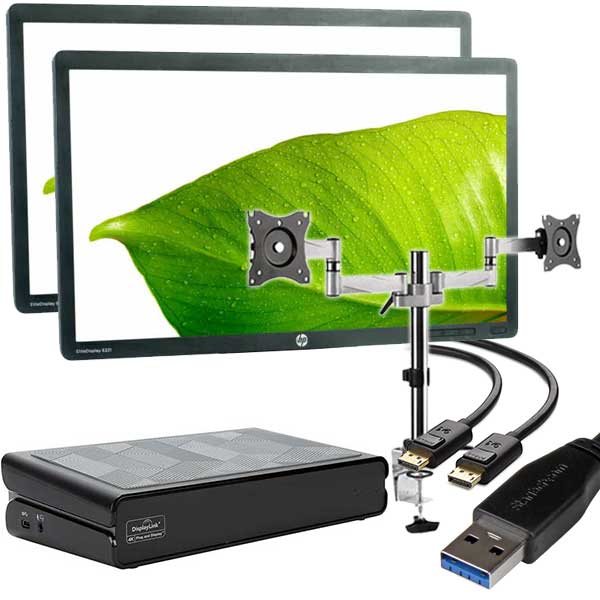General
Powerwash a Chromebook (Factory Reset)
Chromebooks have gained immense popularity due to their sleek design, portability, and seamless integration with the Google ecosystem. However, like any electronic device, they can accumulate clutter over time, resulting in decreased performance and sluggishness. Fortunately, there’s a simple solution to rejuvenate your Chromebook and restore its optimal performance: powerwashing. In this blog post, we will explore the process of powerwashing and delve into the reasons why it’s beneficial. Additionally, we’ll provide some image ideas to enhance your understanding.
Understanding Powerwashing
Powerwashing is the Chrome OS equivalent of a factory reset. It erases all local data and settings, allowing your Chromebook to start fresh as if it were brand new. This process removes any malware or unwanted software, optimizes performance, and resolves any lingering software issues.
How to Powerwash Your Chromebook
Steps to Powerwash from the Menu
- Click on the clock or battery icon in the bottom-right corner of the screen.
- Select the “Settings” option.
- In the Settings menu, scroll down and click on “Advanced.”
- Under the “Powerwash” section, click on the “Powerwash” button.
- A confirmation window will appear. Click on “Restart” to initiate the powerwashing process.
- Your Chromebook will restart and begin the powerwashing procedure, erasing all data and settings. This may take a few minutes.
Steps to Power Wash Using Keyboard Shortcuts
- Sign Out: First, make sure you’re signed out of your Chromebook. This can be done by clicking on your profile picture in the bottom-right corner of the screen and selecting “Sign out.”
- Access the Recovery Screen:
- Press and hold
Esc+Refreshkeys, then tap thePowerbutton. - Release the
Powerbutton when your Chromebook screen goes blank. - Continue holding
Esc+Refreshkeys until you see the recovery screen.
- Press and hold
- Initiate Power Wash:
- On the recovery screen, you’ll see a message saying, “Chrome OS is missing or damaged.”
- Press
Ctrl+Dto open the Developer Mode screen. - Press
Enterto turn off OS verification. Your Chromebook will restart and transition into Developer Mode. - During this process, you might see a red exclamation mark on the screen. Don’t worry; this is normal.
- Final Steps:
- Once your Chromebook restarts, you’ll see a screen with a message saying, “OS verification is off.”
- Press
Spacebar to re-enable OS verification, then pressEnterto confirm. This will wipe your Chromebook and begin the power wash process. - After the process is complete, your Chromebook will restart and prompt you to set it up as if it were brand new.
The Benefits of Powerwashing
3.1 Restoring Performance: Over time, your Chromebook may accumulate temporary files, cache, and outdated settings, which can slow it down. Powerwashing removes these unnecessary elements, allowing your device to perform at its best.
3.2 Resolving Software Issues: If you encounter frequent crashes, unresponsive applications, or strange glitches, powerwashing can often resolve these issues. It offers a clean slate, eliminating any software conflicts or compatibility problems.
3.3 Enhancing Security: Powerwashing ensures the removal of any potential malware or viruses that might have infiltrated your Chromebook. This helps to safeguard your personal information and protect your online privacy.
3.4 Customization Options: After powerwashing, you have the opportunity to customize your Chromebook to suit your preferences. You can carefully select the apps and extensions you want to install, ensuring a clean and personalized user experience.
Powerwashing your Chromebook is a simple yet effective way to revitalize its performance, resolve software issues, enhance security, and provide a clean, personalized experience. By following the steps outlined in this guide, you can effortlessly powerwash your Chromebook and enjoy the benefits of a fresh start. Remember to back up any important data before proceeding with the powerwash. Embrace the power of powerwashing and optimize your Chromebook’s performance today!













